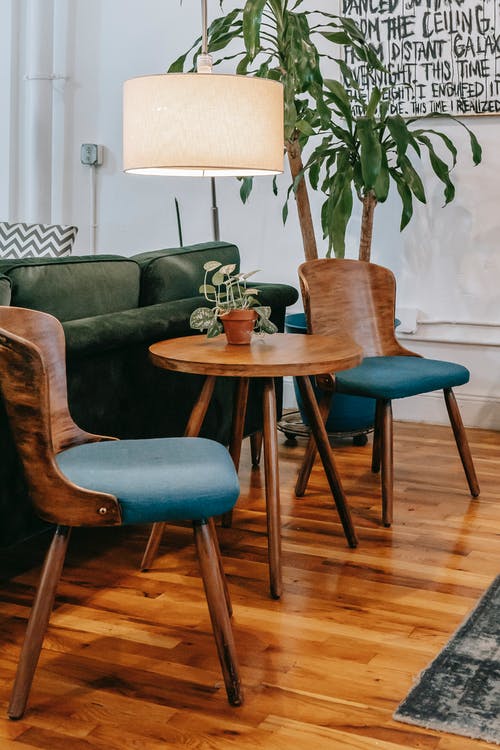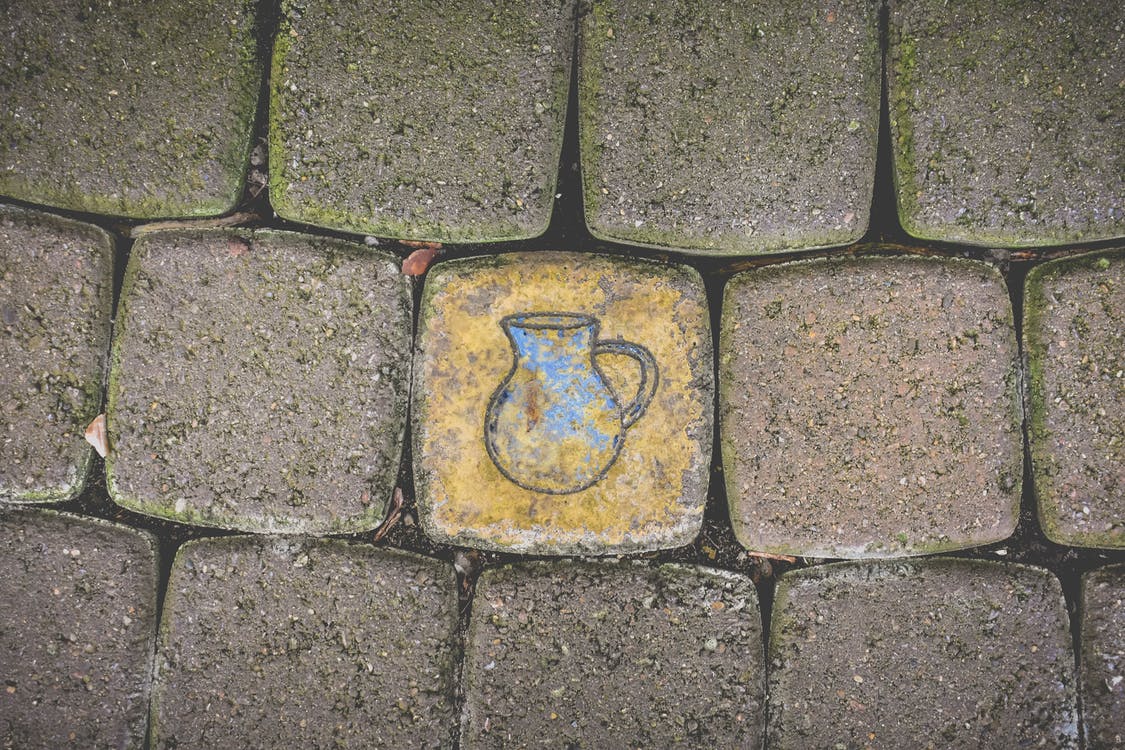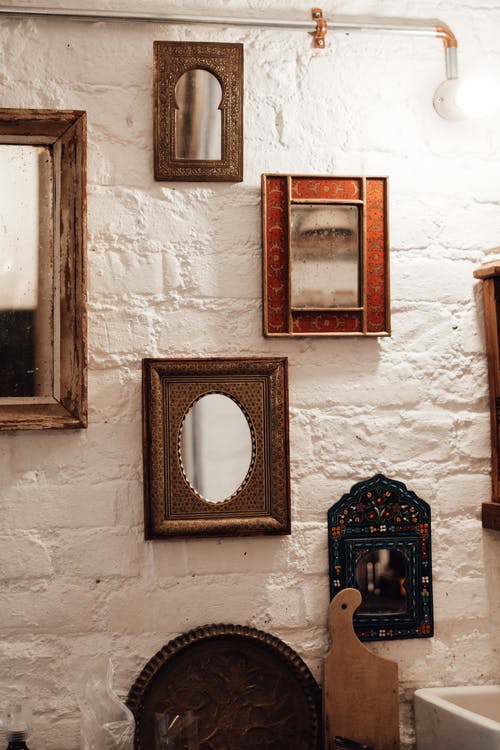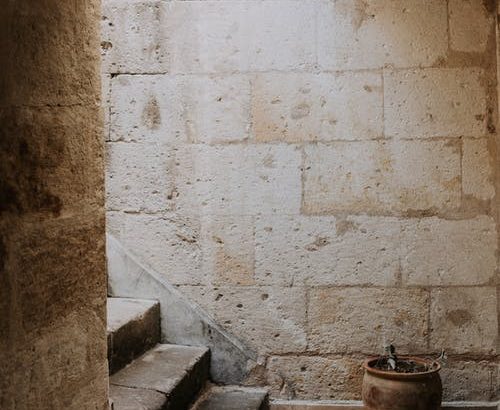7 Antique Building Materials Still In Use
It is the dream of many of us to have a new house, or a very recent one, which has the charm of the old. And it’s very trendy! Renovating a building is a project that is not necessarily within reach of everyone. Preparing, documenting, and not hesitate to be advised is necessary.
It is possible to combine charm and comfort, contemporary volumes and materials with history, thermal insulation, and luminosity of modern spaces with the cachet of the last centuries!
Discover 8 old materials that will fit perfectly in your new house and bring refinement and character.
1. Cement tiles
Cement tiles originated in the 19th century and had their heyday in the 1930s. Today they are back in force in our interiors.
We mix their shapes and designs for more modernity, and we mix the colors … We put them as a carpet in the middle of a floor, in a bathroom, or in a living room. We like their artisanal side, despite their cost generally higher than that of a classic tile.
This type of tile is very suitable for rooms with heavy traffic because it is resistant to wear. After waterproofing to compensate for their porous side, we wax them. Maintenance is done with mild products, such as Marseille soap, to keep their designs and colors intact.
Good to know: the high price of cement tiles and the thickness (from 16 to 18 mm depending on the model) can be a barrier to purchase. There are now “porcelain stoneware” tiles, similar to cement tiles, which reproduce their graphics at a very affordable price. They are sold in large DIY stores and specialized retailers.
2. Bricks and briquettes
Brick is one of the oldest materials in the world. It is estimated to have originated in 7,000 B.C. Made from clay that is fired, it comes in various colors, from white to black, in solid or flamed hues. A natural and healthy product, it can be used to dress a façade, cover a terrace or decorate a wall in the style of a New York loft.
Brick, or briquette, exists:
either solid, with a thickness of 54 mm;
or hollow, facing brick for the exterior;
or even thinner, facing brick for the interior.
Resistant and aesthetic, it can be used either as a building material to build walls when it is solid or as a decorative covering.
Please note: each region has its specificities, especially regarding the authorized color for facing bricks. You should contact your city hall to find out which color you should use for your construction.
3. The parquet floor

For a floor that is both authentic and durable (because it only needs to be sanded and treated regularly to keep it looking new), you should opt for parquet flooring.
It comes in two primary forms:
The first is solid: the board is composed of a single wood species.
The second is laminated: the board has several layers of wood.
The most common patterns for the installation are “herringbone” or “herringbone”, the latter characteristic of the famous Haussmann style.
The parquet floor is made up of wood strips, which can be laid
nailed, glued, or floating.
Note that the floating installation with clips is the easiest to implement.
Attention: do not confuse parquet with laminate, which is not a natural material but a synthetic one.
4. Wooden wall paneling
Wall paneling is most often installed on the lower part of the walls. They are composed of a panel of wainscot and two finishes: the baseboard at the bottom and the chair rail at the top. They are more rarely found on the full height of the walls because they could quickly give an impression of suffocation.
They are therefore made of wood but also stucco (reinforced plaster) or even polystyrene. They can be given a waxed or varnished finish if they are wood panels. We will instead choose to paint them if they are made of plaster or polystyrene.
5. Stone paving
Natural stone is a noble and authentic material that can be used indoors and outdoors. In homes, however, it should be reserved for the first floor, as its heavy weight is not well suited to installation on the upper floor.
It is available in different formats and a wide range of colors. Its easy maintenance, as well as its resistance to any test, makes it a reasoned and durable choice.
Good to know: it should be treated with a mineralizing or water-repellent product to protect it and facilitate its maintenance. It should be installed by a professional, as it requires perfect implementation.
6. Stone pavers

Paving stones are granite or grey sandstone blocks that cover paths and terraces. Their use is generally reserved for outdoor spaces.
Cubic, they come in different sizes and are laid permanently, using a thin mortar, and are joined with a mortar screed to avoid too much maintenance.
Another popular installation method is to install them on a bed of sand. The joints are then filled in with topsoil or grass for a very aesthetic result and are perfect for the walkways and terraces of a rustic house.
7. Limewash walls

Limewash is an economical, easy-to-apply, do-it-yourself paint that adapts to almost any surface and gives your walls a slightly rustic, traditional look. It is also 100% natural paint, composed of lime (i.e., limestone) and water.
Lime is one of the oldest techniques for painting walls. It is a “breathable”, healthy, and ecological material that:
rids walls of their humidity;
prevents mold and mildew;
limits the proliferation of dust mites.
Choosing lime for your walls is both ecological and hygienic!




















